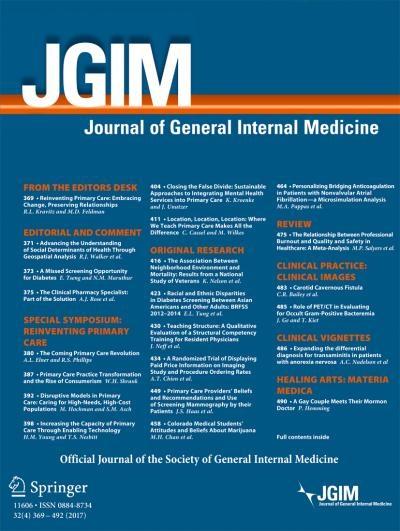Headline
Differing patterns of care utilization and mortality outcomes within subgroups of a complex patient population can help inform more targeted care interventions.
Context
People with complex needs include clinically distinct subgroups. Many studies have used segmentation to identify these subgroups, but few have examined how clinical outcomes or utilization vary across these different profiles. This study evaluated prospective hospitalization, 30-day re-hospitalization, and all-cause mortality across subgroups of patients receiving primary care in the Veterans Health Administration who were at high risk for hospitalization. The researchers analyzed patterns of care utilization and reasons for hospitalization to determine specific strategies for improving future care interventions.
Findings
Six subgroups were identified: (1) substance use disorders, (2) cardiometabolic conditions, (3) mental health conditions, (4) pain/arthritis, (5) cancer, and (6) liver disease. Group assignment predicted different odds of each outcome related to hospitalization and mortality, with the cancer group having the highest relative odds of mortality, hospitalization, and readmission compared to the other groups. The subgroups also used care in distinct ways. For example, people with substance use disorder had the highest rates of accessing housing services.
Takeaways
Health care organizations can apply subgroups’ patterns of care utilization and outcomes to understand how to more effectively tailor care interventions.




